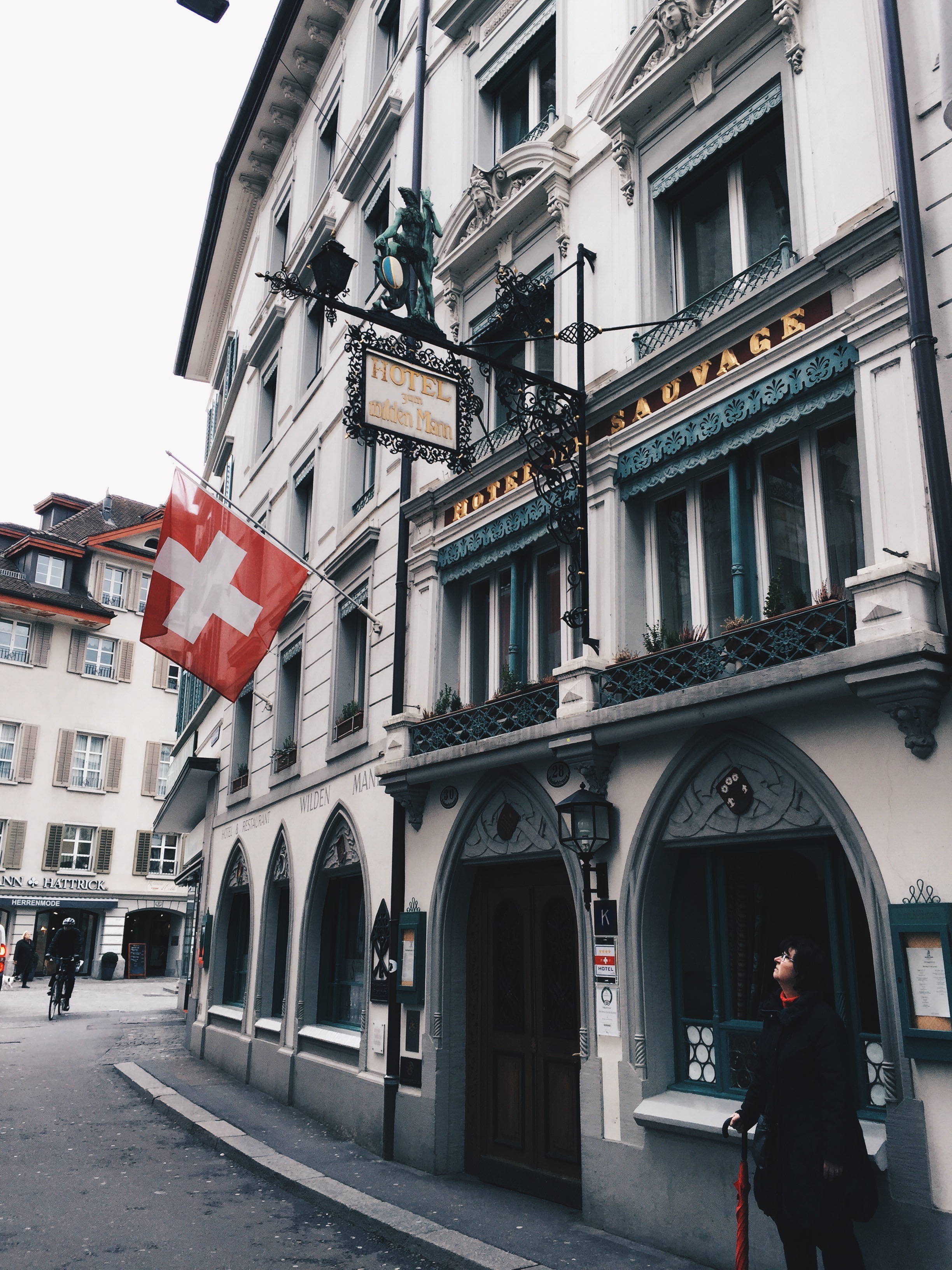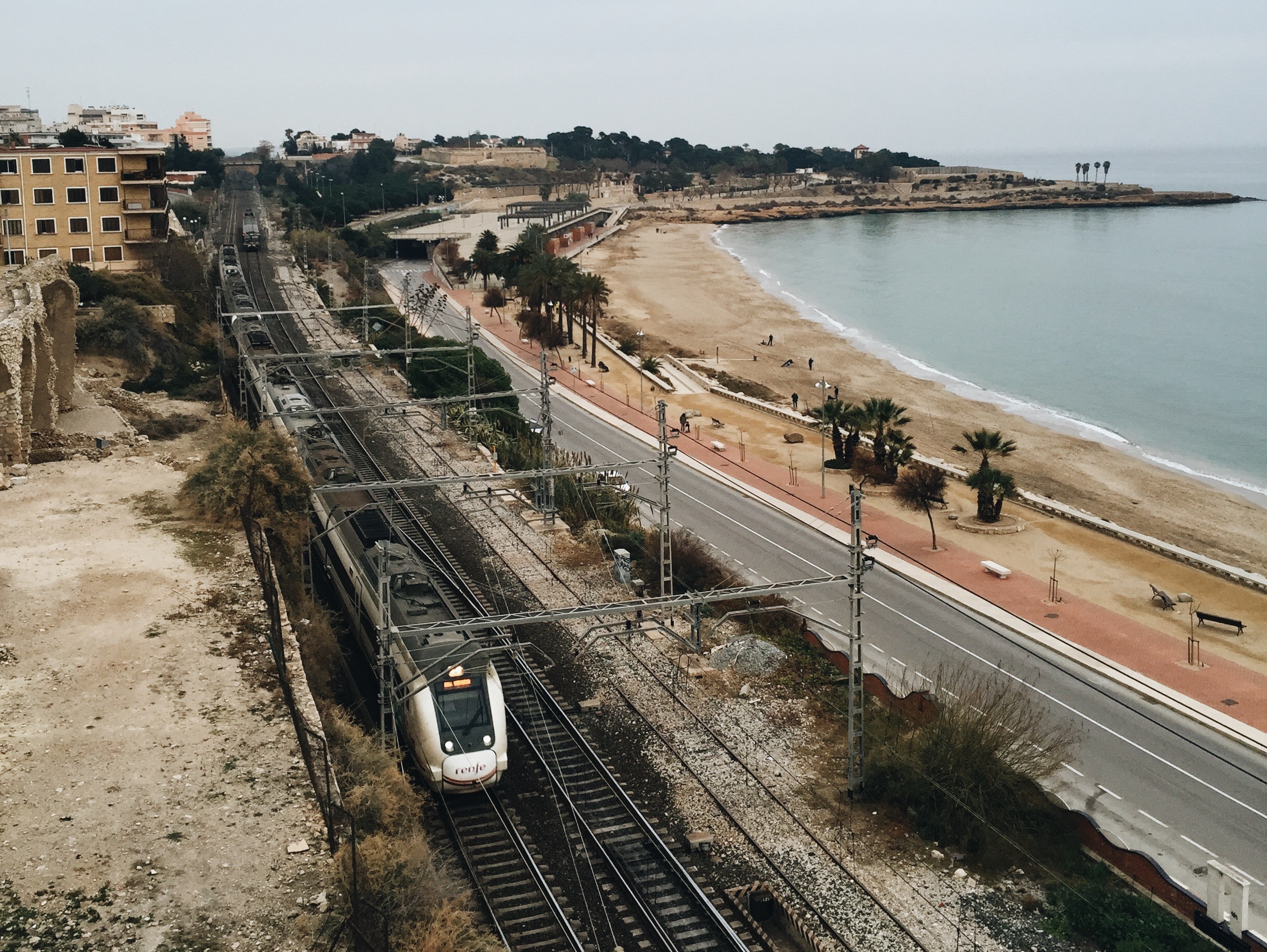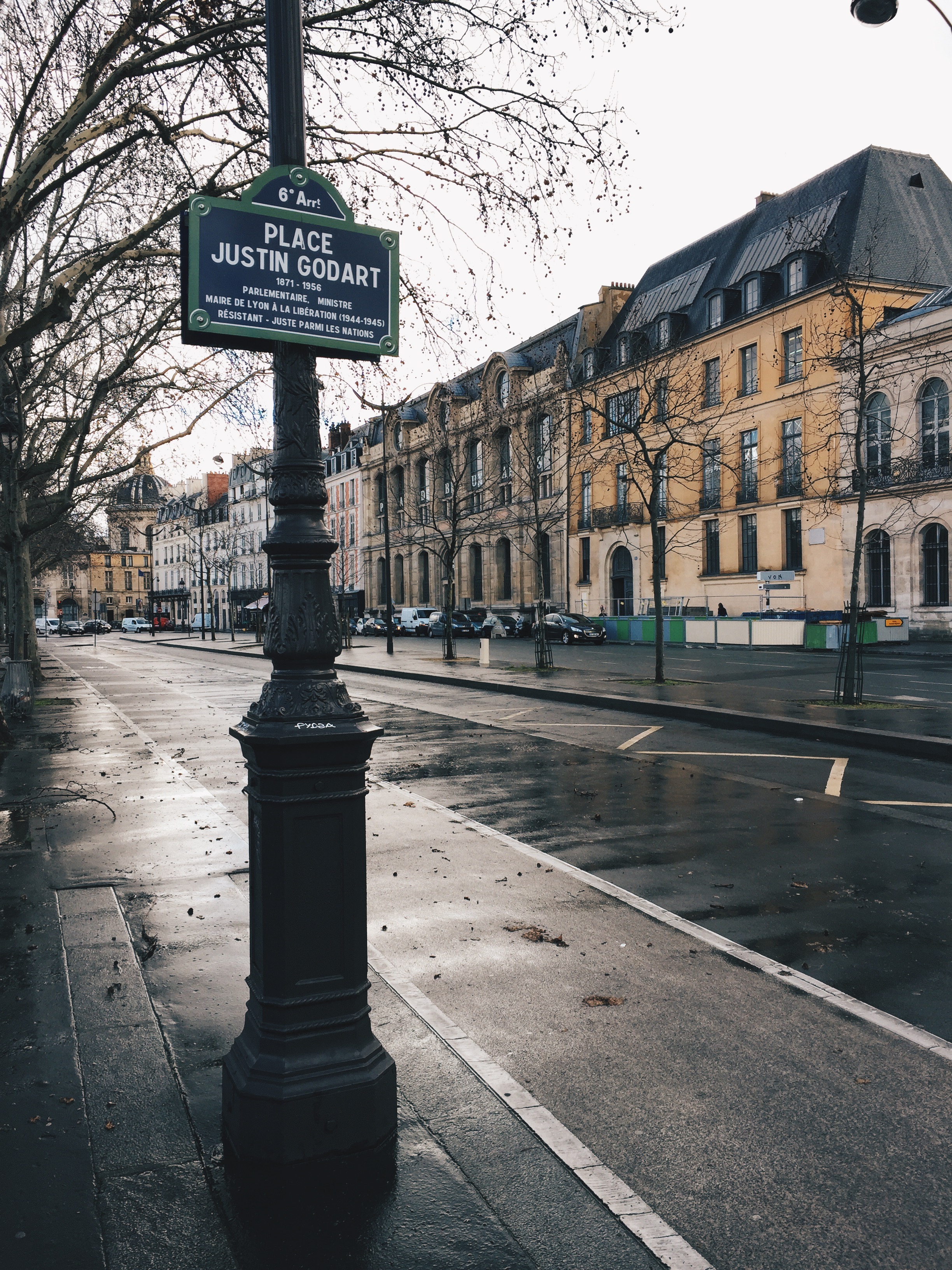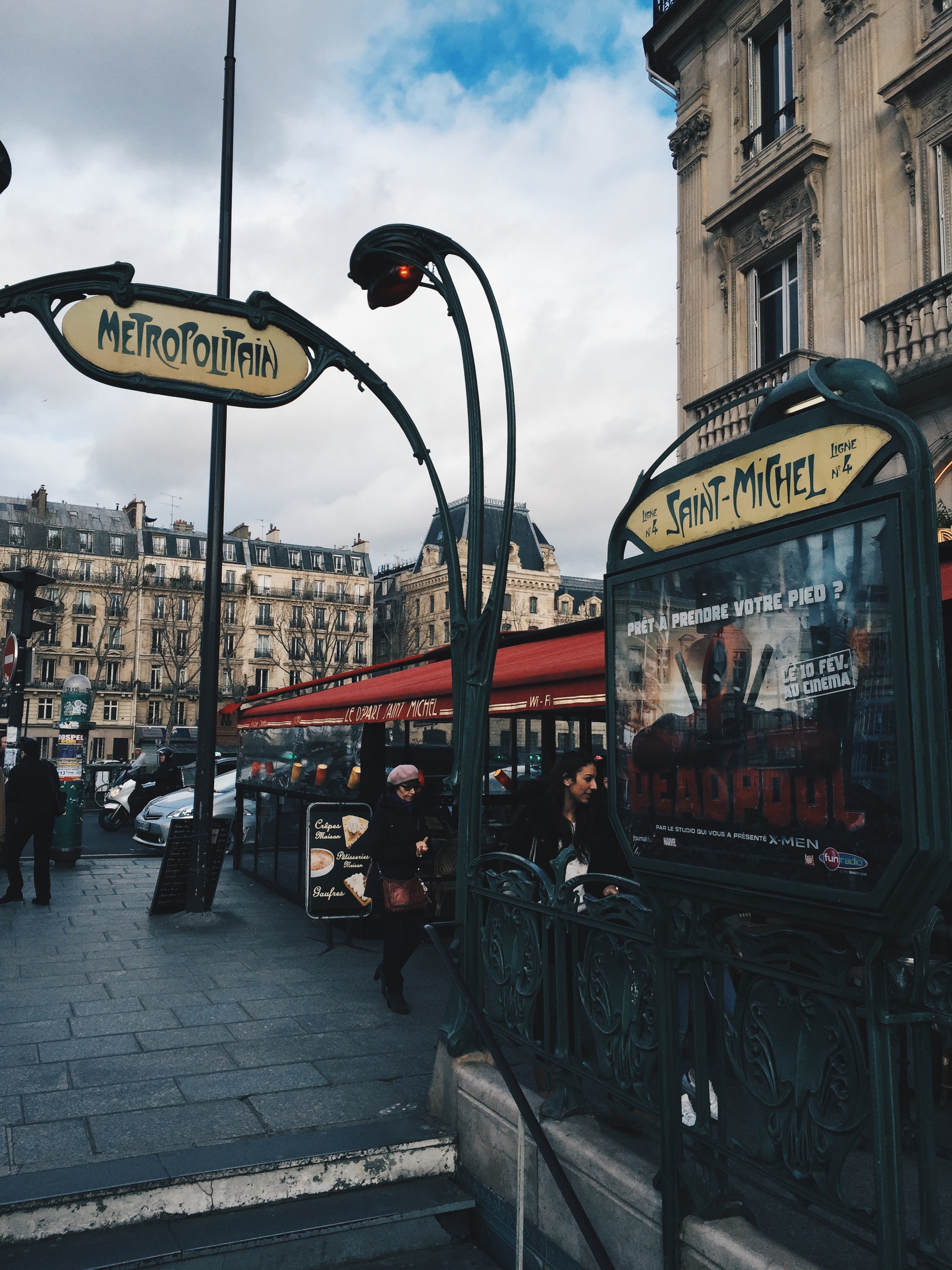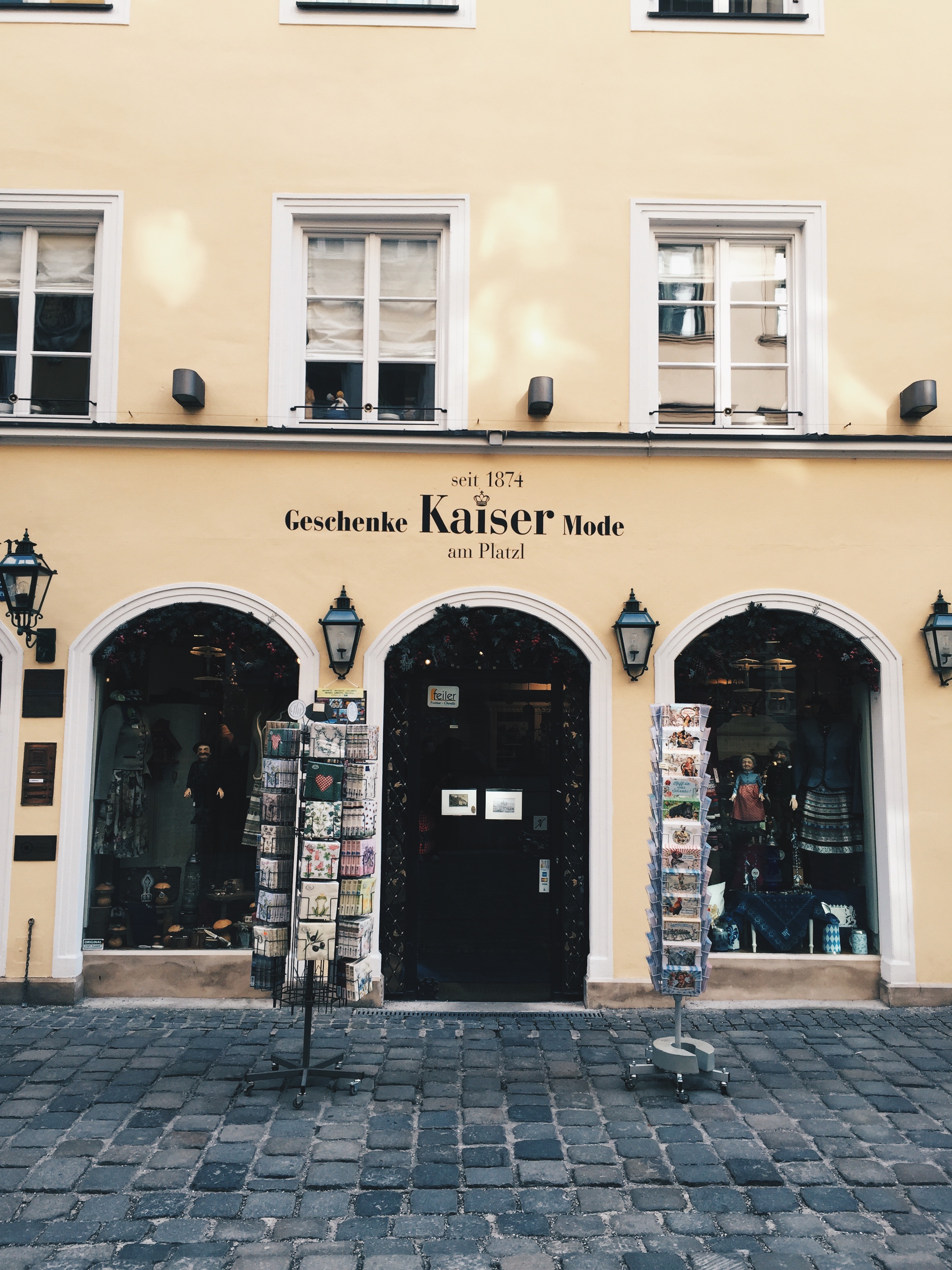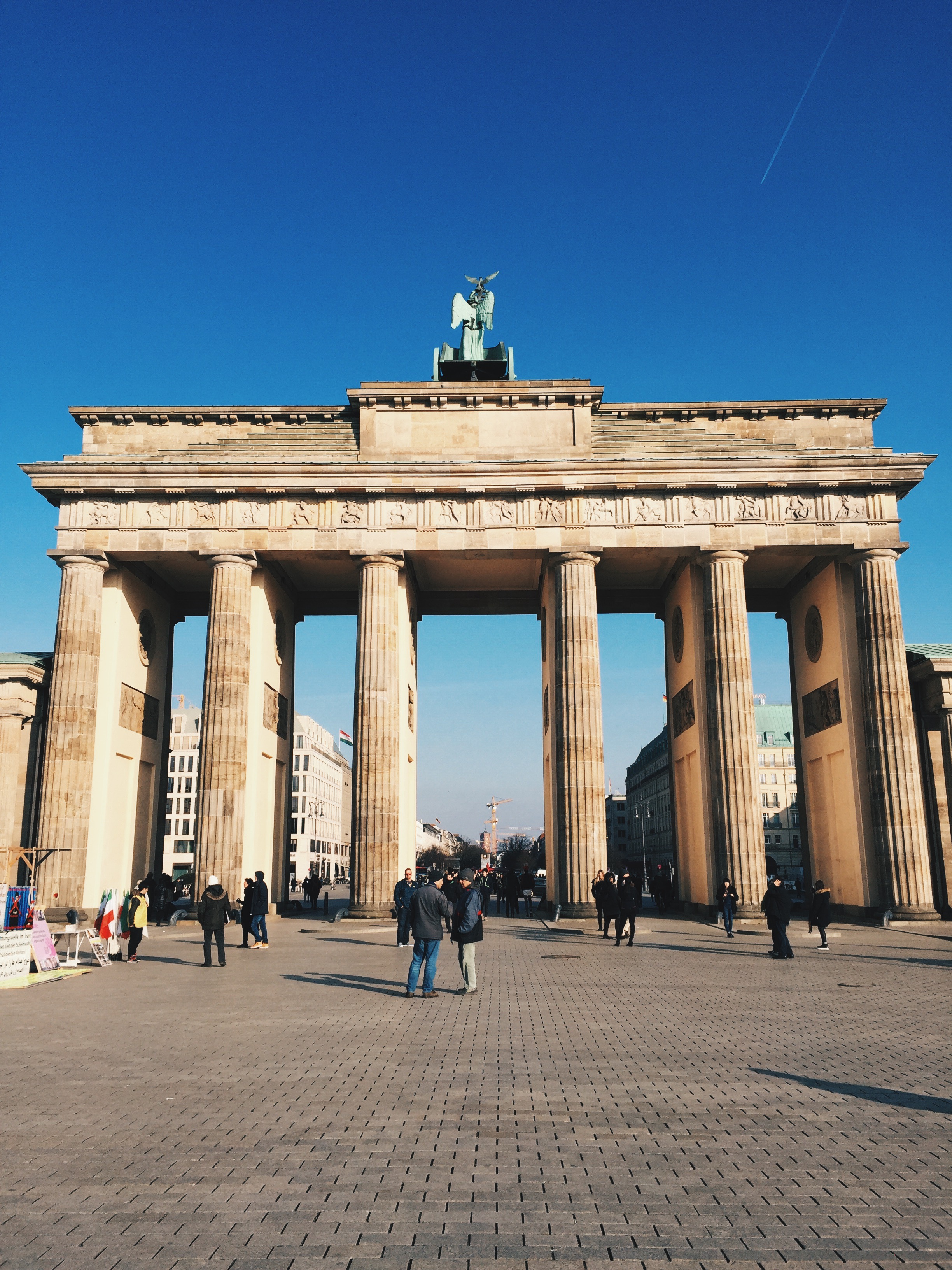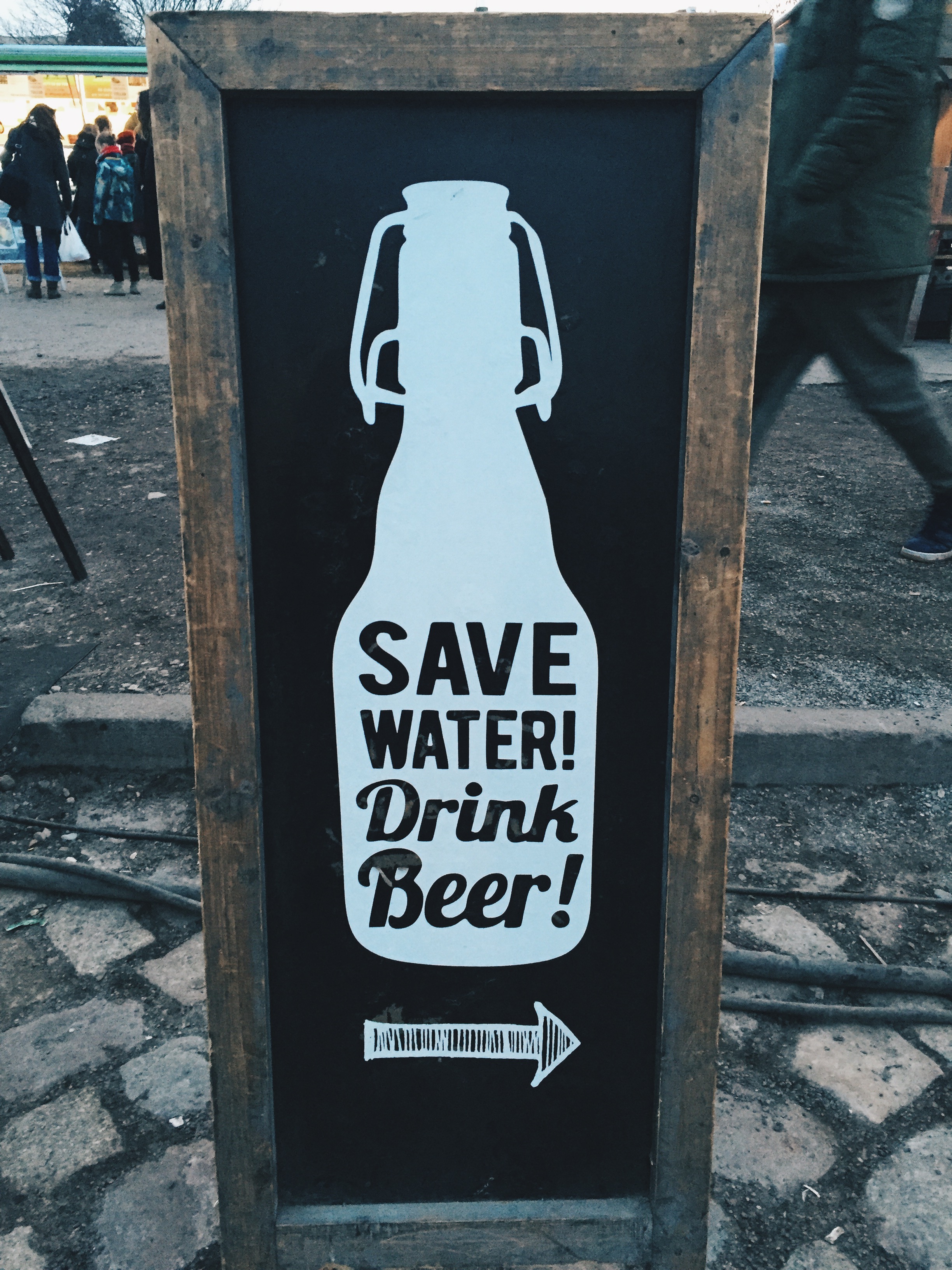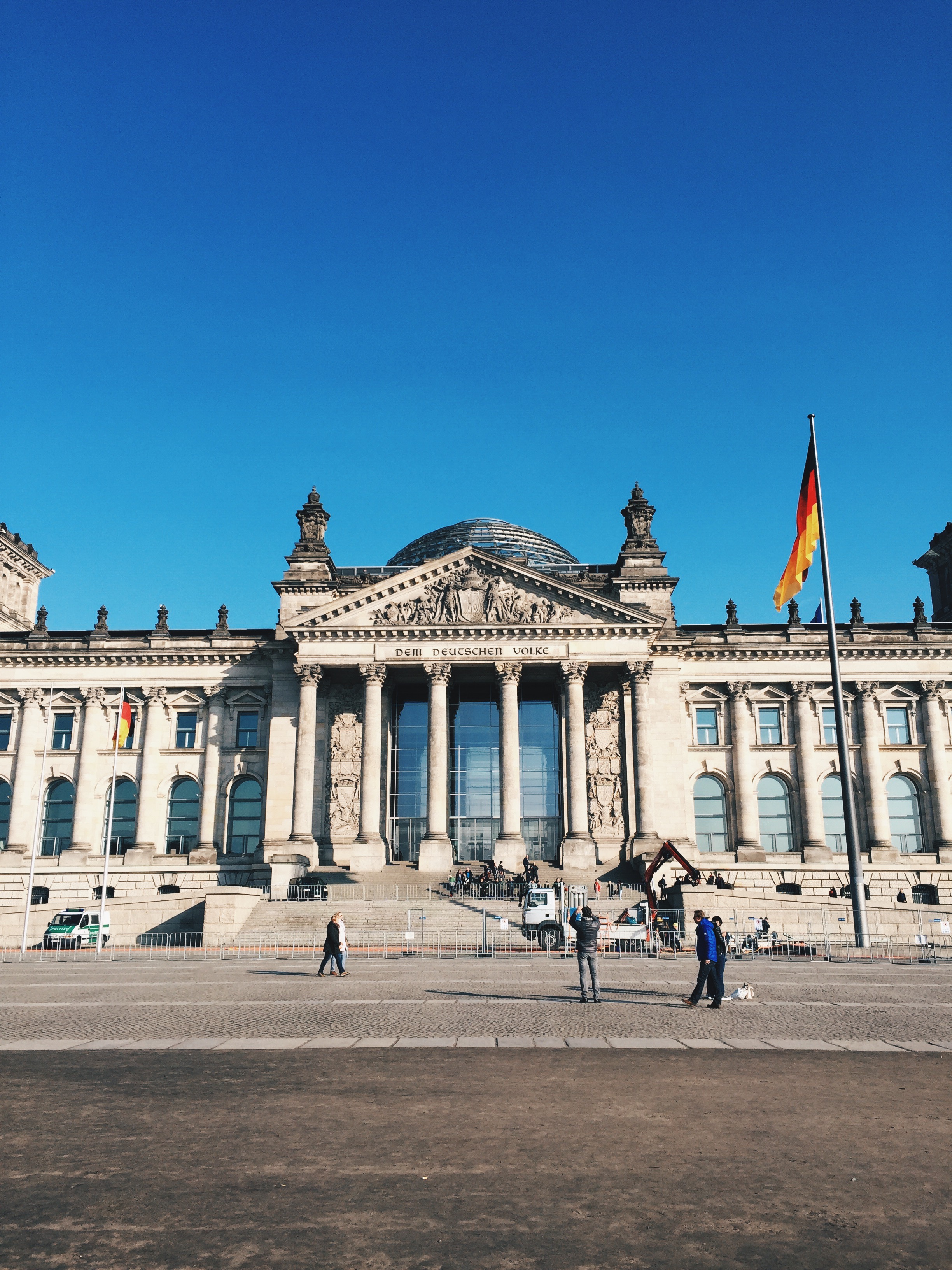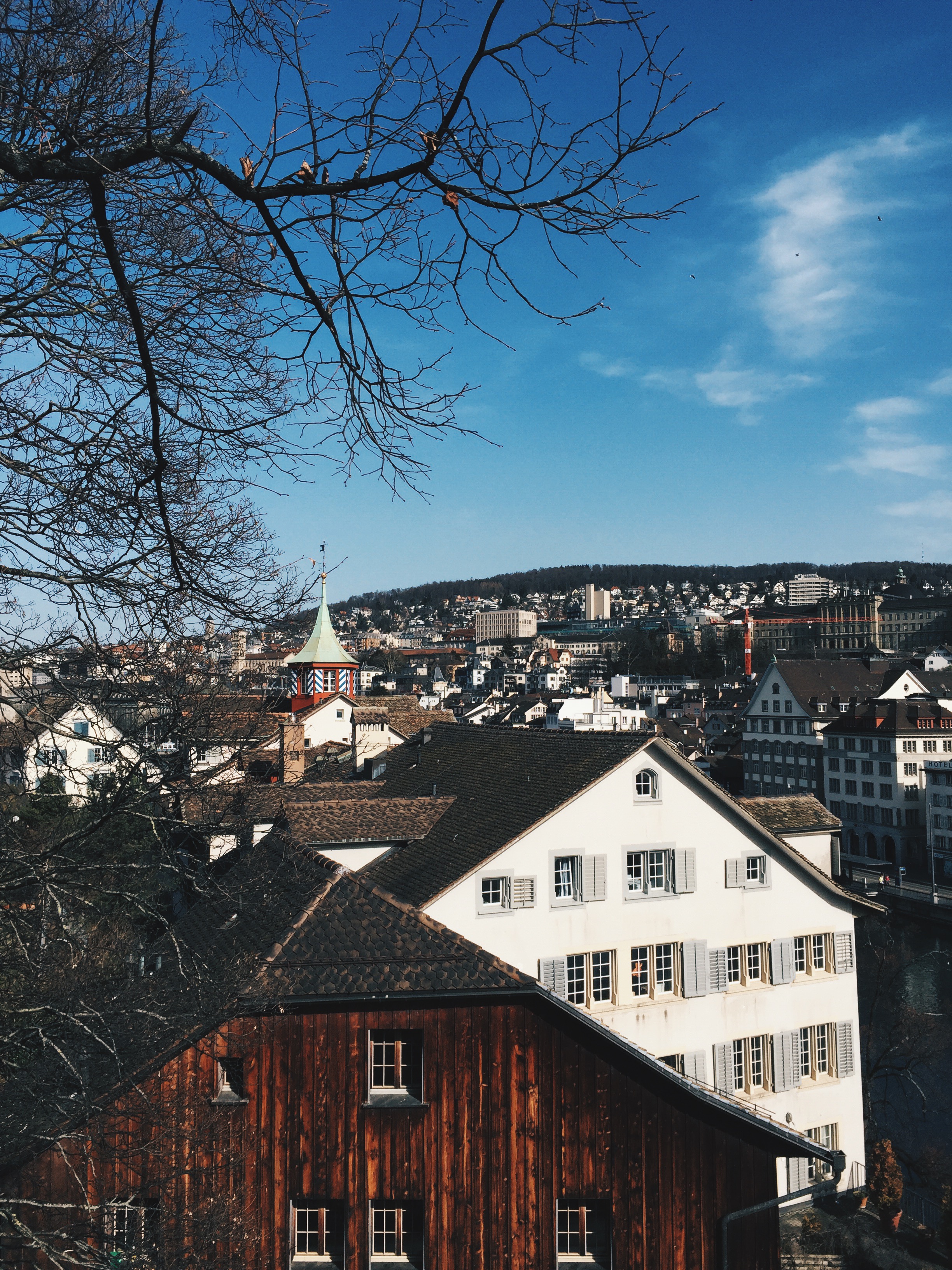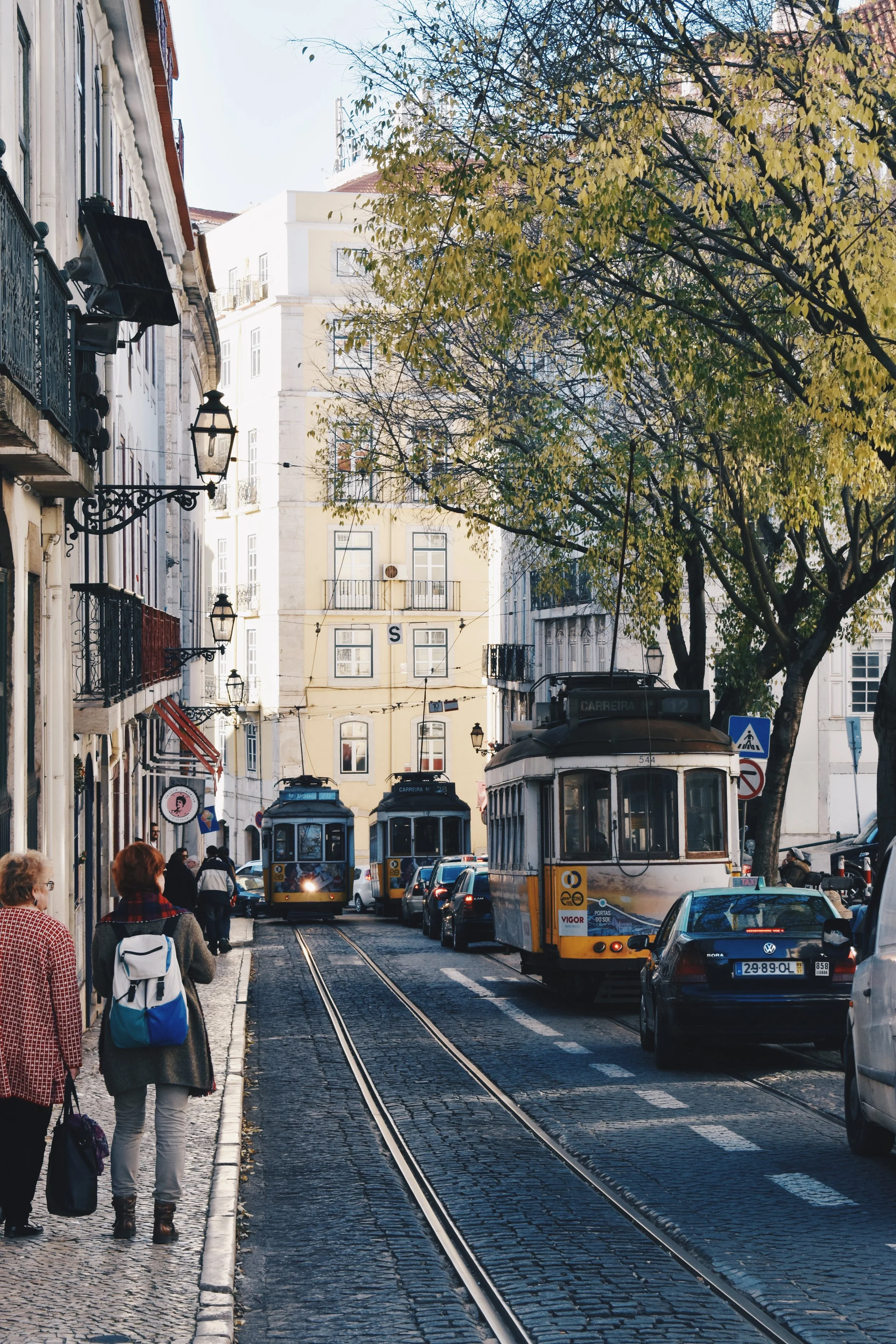How to City Hop Europe Without Shortchanging Yourself

Everyone's done it — hop on to another continent and to make your money's worth, visit a good number of cities to tick more places off your list.
Unfortunately, the downside of this is that a packed itinerary means you rarely have time to actually see a place, you spend far too much time in a vessel travelling, you get tired more easily, and you constantly feel like you're running out of time.
Altare della Patria (Altar of the Fatherland), Rome, Italy; a monument built in honour of the first King of unified Italy
Admittedly, I used to travel like that. Wherever I went, I'd try to squeeze a day trip in regardless of whether I had 3 days or a week in a city, just so I could say I'd been.
But it was when I moved to Barcelona on my own that I really learned how to take a pause. Financially, it was a stretch for me to take trips of my fancy all the time, so I took the time to actually explore the streets of the city. That was where I started to enjoy the idea of a slower pace of travel, and to see more and not less like I'd originally thought.
But the purpose of this post isn't to dissuade you from city hopping as that would be hypocritical of me (as I still do it if I'm somewhere else for longer), but how to do it without compromising your experience. Of course, I'm assuming you'll be doing it mostly free and easy if you're reading this, which I've always preferred. So here are my top tips:
1. Do your research on ideas of what to do and what to see to gauge the number of days to allocate in each city.
Of course, if you're somewhere you've never been before, it would do you wise to do proper research on what you'd like to see or do in the city, and look into the logistics of getting around. This, I'll admit, is trial and error, because there really isn't any hard and fast rule about how many days you need in a city.
Some cities might be more sprawling, and have attractions all over the city, which I'd allocate more time for, whereas some might have attractions concentrated downtown, which makes it faster and easier to get around.
Views from Paris' Arc de Triomphe
2. Choose the right mode of transport in between cities
Europe is incredibly well-connected, and many cities are transport hubs. There are many different ways of travelling to different cities, and there are some arguments for and against your different options.
Regional trains in Spain
With trains (and buses), a good argument for the rail is the fact that you move from city centre to city centre. That saves you a heck of a load of time getting through immigration queues in an airport, waiting for your actual flight, and travelling to the city centre; and this goes both ways.
Of course, dealing with the searching and buying of tickets can be a hassle on the official websites of different national rail providers — you've got issues with too many tickets from too many places, some things might get lost in translation, some websites may not be so user-friendly. If that sounds like a nightmare, fret not, because what I use is Trainline, an independent rail ticket seller who helps many national rail companies sell tickets on their behalf.
What this means is that you've got all your tickets in one place, it's incredibly user-friendly, it's pretty wide-encompassing, currently covering England, Wales, Scotland, Northern Ireland, Republic of Ireland, Andorra, Austria, Belgium, Switzerland, Czech Republic, Germany, Denmark, Spain, France, Croatia, Hungary, Italy, Luxemburg, the Netherlands, Poland, Portugal, Sweden, Slovenia, and Slovakia.
I've bought tickets for international travel like Spain to France, France to Italy, Italy to Switzerland, (the list goes on...) and I've never had any trouble with the tickets.
With many rail operators such as Deutsche Bahn (Germany), Renfe (Spain), Trenitalia (Italy) etc., their prices offered are the exact same as those listed on the sites of these rail operators, where Trainline takes a cut from each sale. For a small number of operators though, Trainline prices their tickets a couple euros higher due to the systems they use. You can find more information here.
Another option you might've come across is the Eurail Pass, but given that their passes come up to several hundred dollars, to really make this pass worth it, you have to do a lot of rail travel, which for most of us who have a job and can only take so time off work to travel, you're going to be seeing Europe through a train window if you're going to make your money's worth.
La Rambla, Barcelona's famous walking boulevard
With flights, they make more sense if you're covering longer distances. For example, a train ride from Barcelona to Paris takes you 6 hours, while a flight clocks just under 2 hours. Even with the time taken to travel from city to airport along with transit time, I highly doubt you'll get up to 4 more hours.
Given how well-connected Europe is, train operators, coaches and airlines are incredibly competitive, which is great for the customer. Some great budget airlines in Europe according to SkyTrax include (but are obviously not limited to) EasyJet and Norwegian, which finished Top 10 in leading consumer aviation rating agency SkyTrax' list of Best Low-Cost Airlines in the World.
A view of Paris' Eiffel Tower from the banks across the River Seine
3. Be flexible
The whole point of free-and-easy travel is to not have to stick to a rigid itinerary, so it boggles my mind that some require an Excel sheet of a timetable of their travels.
Being flexible means you're more open to offers and promotions that may come around, giving you more bang for your buck.
Given how many places in Europe have fully developed as tourist destinations, many tourism agencies and companies have inclusive packages for the tourist. Options like The Paris Pass, The Berlin Pass, I amsterdam City Card, etc. are available, and it might be worth your money depending on what each pass / card covers.
The skyline of Munich's old city (Altstadt) from the church of Frauenkirche
4. Don't pack too much in too short an amount of time
This is the most obvious point, but it's the most important point to make. Some of us get a little too overeager and spread ourselves way too thin. This leads back to the first point of planning your time well.
Major cities are big, with loads of things to do, take the time to actually enjoy a city instead of breezing through.
Sure, we don't have an endless supply of funds, but in due time, we can afford a repeat visit to the continent. These days, the Internet with its vast plethora of information on how to snag cheap intercontinental flights, open jaw tickets, promotions and deals, membership / credit card redemptions etc., travel isn't the impossible and out-of-reach luxury reserved only for the richest amongst us anymore.
With that, I hope your European city hopping trip doesn't end up being a rushed, tiring and unfulfilling trip.
It's okay to tick fewer countries and cities off your list per trip if you've actually seen the city.
There's loads more to get into but it really depends on the kind of traveller you are, what your aim is, and what you'd like to experience. Ultimately, our trips and experiences are ours, and how one person travels might drive another insane.
Happy travelling!

